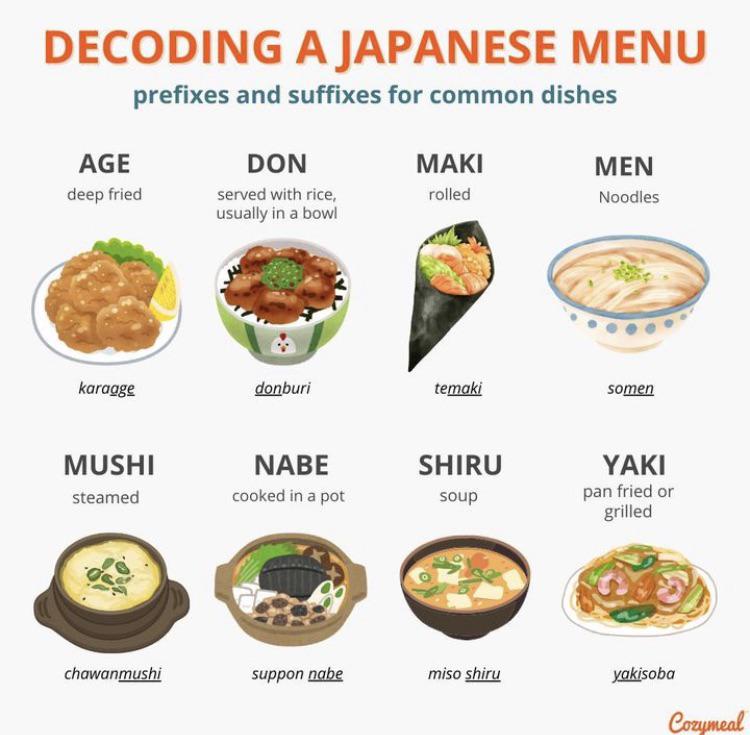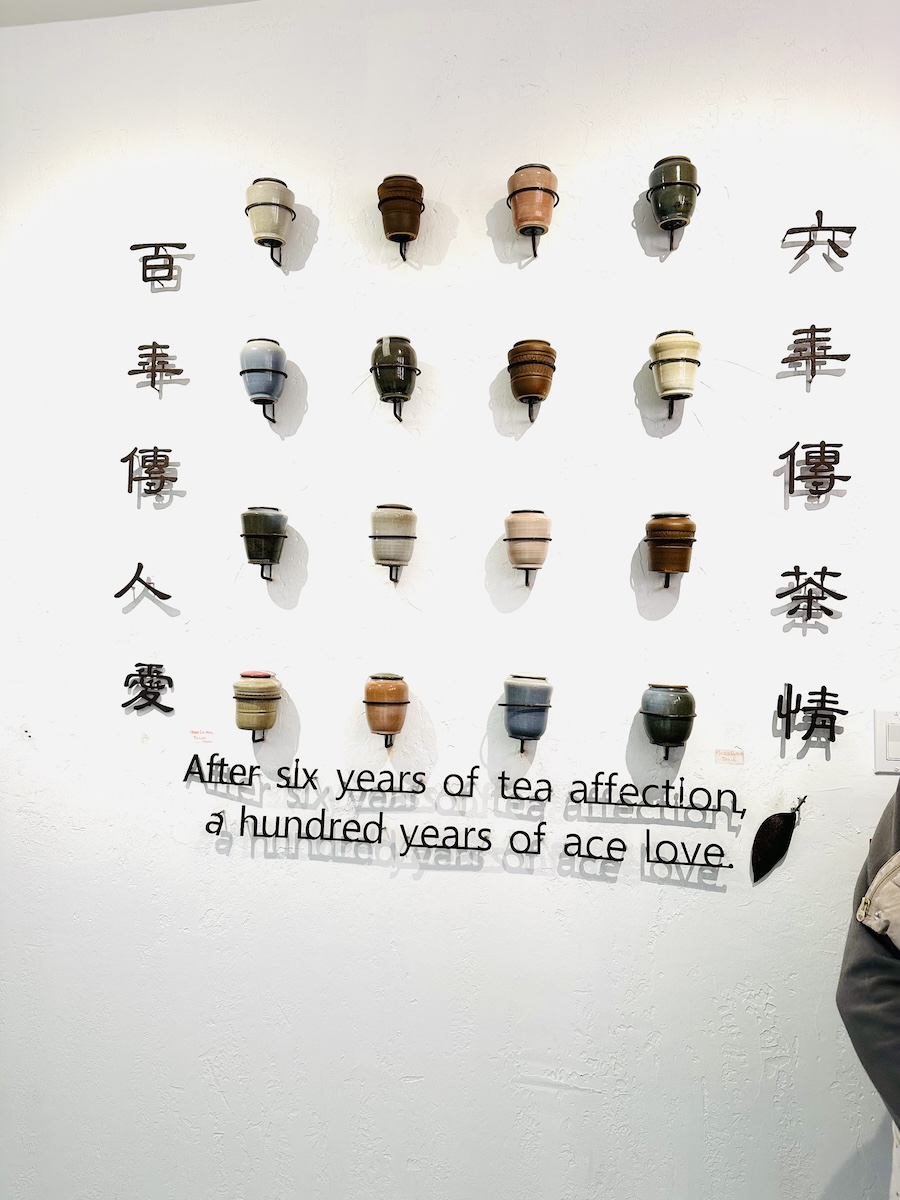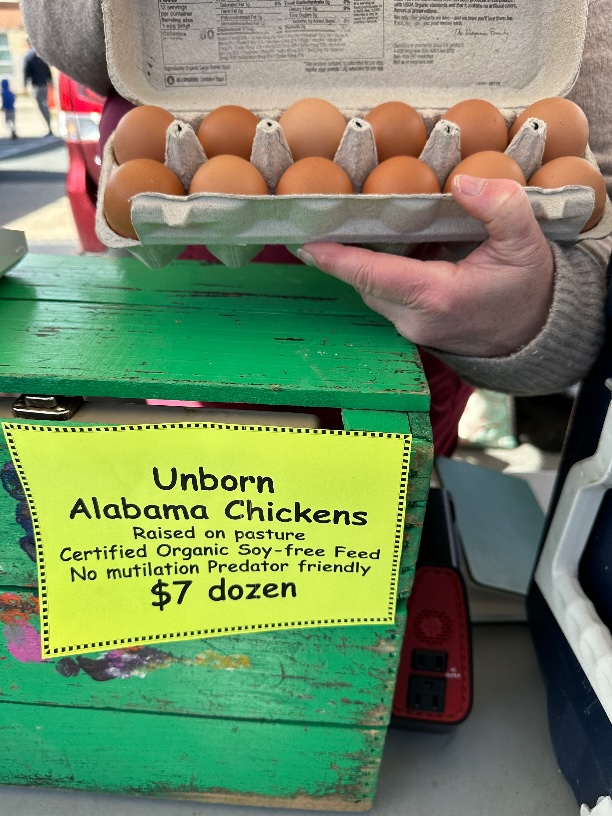A medieval Chinese cousin of Eastern European cherry pierogi?
As a starting point for pierogi, here's a basic definition:
Pierogi, one or more dumplings of Polish origin, made of unleavened dough filled with meat, vegetables, or fruit and boiled or fried or both. In Polish pierogi is the plural form of pieróg (“dumpling”), but in English the word pierogi is usually treated as either singular or plural.
Now, turning to Asia, we are familiar with the Tang period scholar, poet, and official, Duàn Chéngshì 段成式 (d. 863), as the compiler of Yǒuyáng zázǔ 酉陽雜俎 (Miscellaneous Morsels from Youyang), a bountiful miscellany of tales and legends from China and abroad. Yǒuyáng zázǔ is especially famous for including the first published version of the Cinderella story in the world, but it also contains many other stories and themes derived from foreign sources.
Read the rest of this entry »





